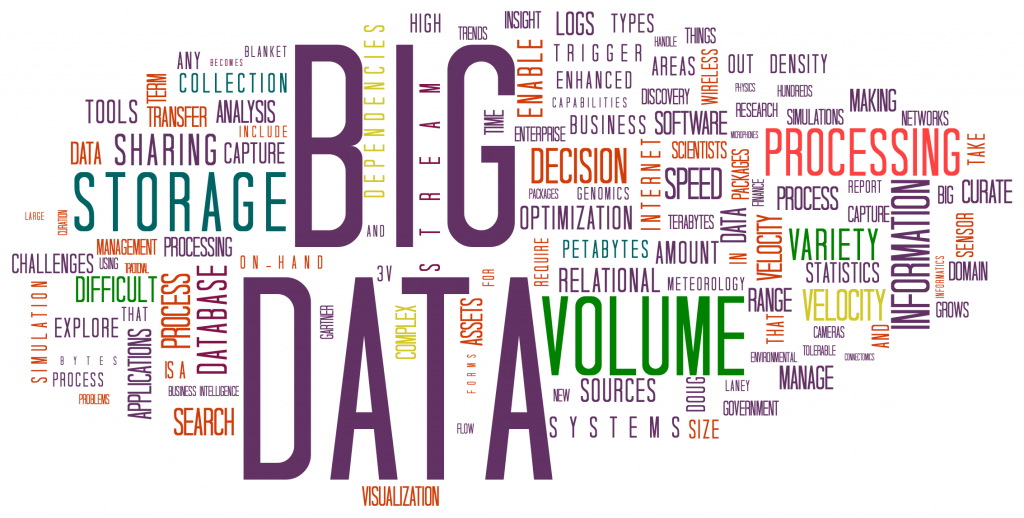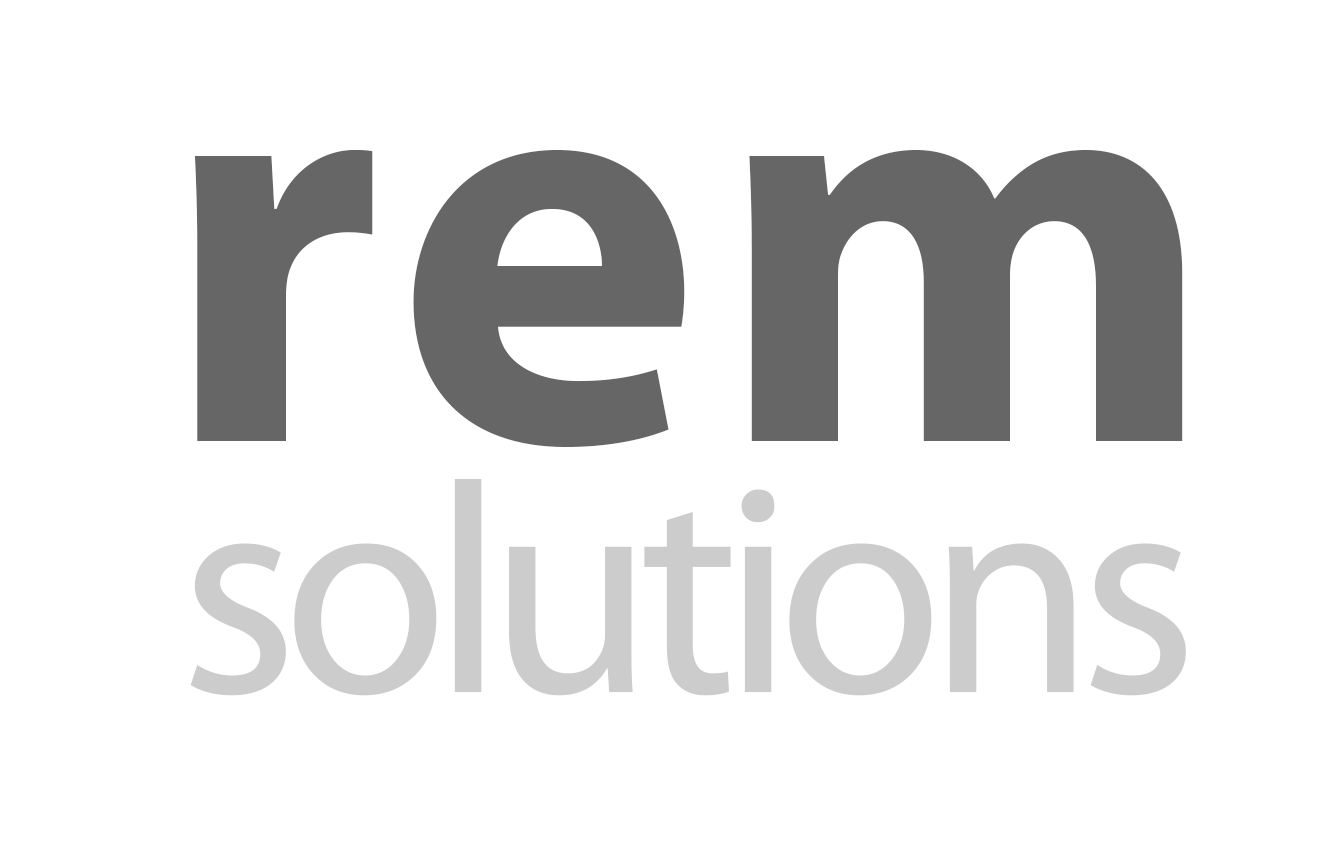
I presented on this topic at the South African Reward Association last week. Here’s a very short summary of what the session covered.
Other than the largest employers with fully-fledged BI and Analytics functions within HR, the Reward function inside most organisations typically looks like this:
Reward has Rhythm…
A great deal of what Reward functions do is cyclical. Annual salary reviews, performance distributions, Employment Equity Reporting, Income Differentials. This is not a bad thing, it’s what the function is intended to do, but…
Time is skewed toward providing Information, not Insight.
Each year, the same amount of time as last year is invested in each of these cyclical activities. We use productivity tools like Excel very well. But new data each year largely means repeated effort.
Complexity, organisation size and demands for Reward information are expanding – think about Equal Pay for Equal Work becoming a critical (and new) analysis need last year. The time we have available to analyse, play and provide insight on the rich information we have is not expanding, it’s shrinking.
BI and Big Data Technology can change all of that
This technology was built for two main reasons.
1. To be able to repeatedly provide the same analyses, integrating multiple sources of data that change very often. Changing data or data structures have very little impact on renewed analysis. Fresh data means fresh analysis – fast. And rapid analysis tools mean what-if questions can be answered quickly too.
2. It’s very visual. Studies consistently show that our ability to integrate complex information is limited by conscious left-brain thought. Visual analysis enables our right brains to process multiples of the complexity that our left brains can. This technology enables fresh insights from the same information.
What Does This Mean for Reward’s Survival?
Adopting this technology means:
Reward data has become visual and integrates more sources of information. We’re showing leaders information that they have not been able to assimilate before. It’s persuasive, it changes decisions. And, it creates new questions, which we now have the tools to answer.
We set up our analyses once. Next year, fresh data means effort is not duplicated.
Our data is structured for “play”, and we have the time to play. We can answer new questions.
Reward moves from repetitive, time-intensive information-providing, to having the time and tools to create new insights. We can not only provide insight, but also have the technology and skills to generate the same reports, like Income Differentials and Employment Equity from new data each year literally within minutes.
Simply, Reward management moves from focusing on balancing time and information requirements to a high-influence, high-persuasion function.
Next Post: Why have so few Reward functions adopted the analytics tools used elsewhere in business?

Recent Comments